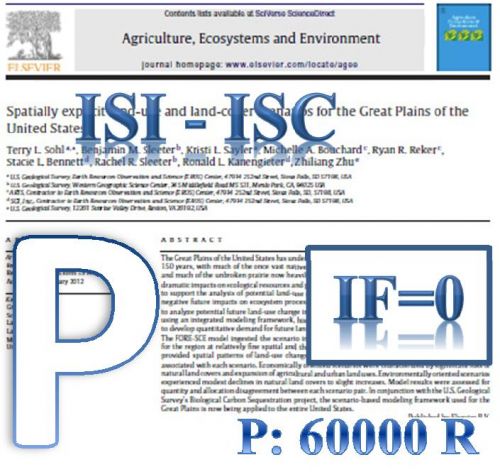Carpet is the mirrors of the Islamic and Iranian art and civilization. It is a priceless heritage remaining from a long time ago and has been approved in the birth certificate of our nation. The motifs are amongst the most important and most effective component used in the rug which have a fundamental role in it and attract any viewer at first glance. Rugs and the patterns of rugs have undergone changes in different eras. The data collection method in this article includes using the library resources the research method was historical- descriptive. As each government came to rule throughout history, it brought along change and upheaval with it and has led to change in social and cultural fields of that society. The rugs and the art of rug weaving are also inseparable parts of Iran’s culture which have also undergone this upheaval. Therefore this article has tried to examine the role of the governments in forming rug motifs and the progressing process of this art from the ancient times, the primary periods of Islam and after that up to the present era. Safavid era was the golden peak of carpet and carpet motifs in Iran since the Safavid kings were very interested in this art. So much so that king Tahmasp has drawn the patters for two rugs and one of the important motifs used in that era was named after the king of that era and it is known as “Gol-e Shah Abbasi”. Shah Abbas brought silk to Iran and created silk rugs and he himself traded it with other countries. His action had a significant role in the relations of Safavid empire with other countries in the region.
کلید واژگان :motifs, back ground of rug, governments, pre- Islamic era, Islamic era
ارزش ریالی : 600000 ریال
با پرداخت الکترونیک
جزئیات مقاله
- کد شناسه : 2143516936318312
- سال انتشار : 2014
- نوع مقاله : پذیرفته شده در مجلات Scopus ,ISI, با IF=0
- زبان : انگلیسی
- محل پذیرش : indian journal of fundamental and applied life sciences
- برگزار کنندگان :
- ISSN : 2231-6345
- تاریخ ثبت : 1394/04/03 22:39:23
- ثبت کننده : نامشخص
- تعداد بازدید : 298
- تعداد فروش : 0
